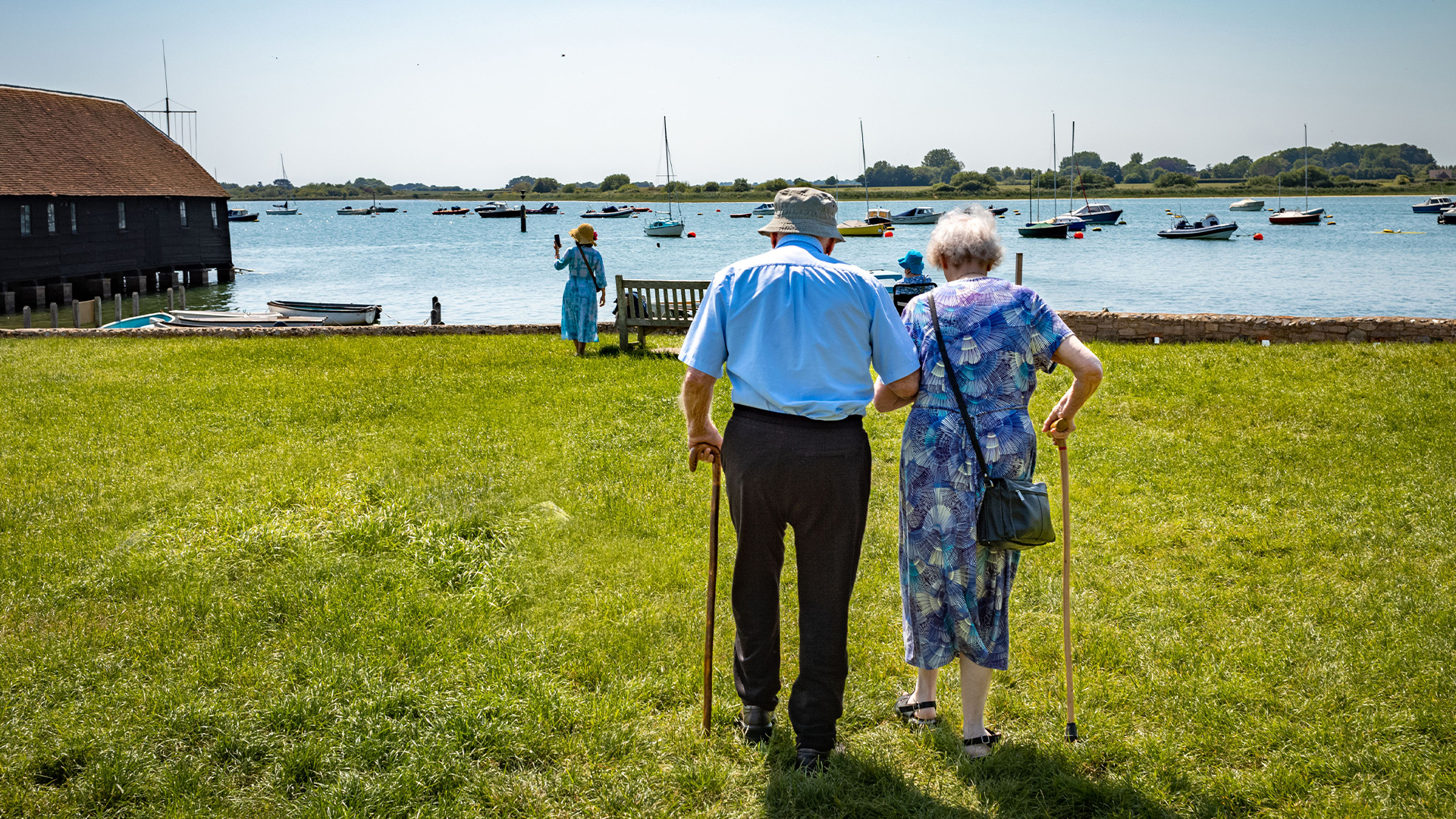
People around the world are, on the whole, living longer. At the same time, the gap between how long men and women live is decreasing, new research shows.
The study of more than 190 countries identified these trends around the world. Zooming in on the cluster of countries with the best outcomes — including North America, Europe, Japan, Australia and New Zealand — females had an average life expectancy of 77.17 years old in 1990, while males had a life expectancy of 72.23. In 2010, those life expectancies rose to 83.10 in females and 78.37 in males. So the life-span gap slightly narrowed, by about 0.2 years.
The life span gap between the sexes has narrowed because male life spans are now lengthening at a faster rate than female life spans are, said study first author David Atance, a professor of economics and business management at the University of Alcalá in Spain. "The pace of mortality declines — or, in other words, the pace of increase in longevity — among women has been slowed," he told Live Science in an email.
The researchers predict that, worldwide, the average life expectancy in 2030 will be 86.54 years old for females and 83.13 years old for males.
"This study is consistent with epidemiologic trends that would suggest a rise in global life expectancy and a narrowing of the gender gap over time," Dr. Brandon Yan, a physician at the University of California, San Francisco School of Medicine who wasn't involved in the work, told Live Science via email.
Related: We're nowhere near reaching the maximum human life span, controversial study suggests
Past research suggests that, between 2000 and 2019, life expectancy worldwide went up from 66.8 years old in 2000 to 73.4 years old in 2019, according to the World Health Organization. And a 2022 study found that, between 1998 and 2016, the gap in life expectancy between females and males narrowed in 10 countries. So at a global level, these same trends appear to persist.
However, Yan published a report on the sex-related life-span gap in the United States last year, and contrary to global data, the gap appears to be widening within the country. The difference between how long American men and women live went from 4.8 years in 2010 to 5.8 years in 2021.
For the new global study, published Wednesday (Jan. 17) in the journal PLOS One, researchers tracked trends in death rates in different countries and determined which places showed the same tendencies over time, Atance told Live Science.
The data came from the United Nations Population Division, which includes life expectancy and mortality data for people at different ages and from different countries. The team examined data from 1990 to 2020, grouping 194 countries around the world into clusters based on their similarities on nine mortality-related indicators.
These indicators included citizens' average life expectancy at birth and at age 65, as well as the modal age at death, or the overall number of deaths that occur among people at specific ages. These data lumped the countries into five clusters, or "convergence clubs," which largely correlated with five continents.
"The countries within each convergence group are becoming more and more similar because they present more similar mortality longevity indicators," Atance said. And based on the team's analyses, there are fewer differences among countries in each cluster as time goes on, he added.
Notably, of the convergence clubs, the one that primarily included Africa had the most significant improvements in mortality indicators. This likely reflects improvements in addressing the HIV crisis and the conclusion of various conflicts on the continent, the authors wrote in their report.
Since the 2000s, data has suggested that the male-female longevity gap is narrowing — the new study confirms this and also suggests the gap will continue to narrow, Atance said. The team was able to conclude this by leveraging the existing data to make predictions about patterns in the future. They predicted that the decreases in the life-span gap and the overall increase in life expectancy would continue in 2030.
Despite these trends, women still have longer life expectancies than men, on average. "And, as the projections show, it is possible that this difference, even if it shortens, will be maintained in the future," Atance said.
This is partly because, with age, many males lose the Y chromosomes in a portion of their cells. This chromosome loss is linked to age-related disease and death, and it was cited by the researchers as one possible reason men tend to die younger than women, Atance noted.
Ever wonder why some people build muscle more easily than others or why freckles come out in the sun? Send us your questions about how the human body works to community@livescience.com with the subject line "Health Desk Q," and you may see your question answered on the website!







